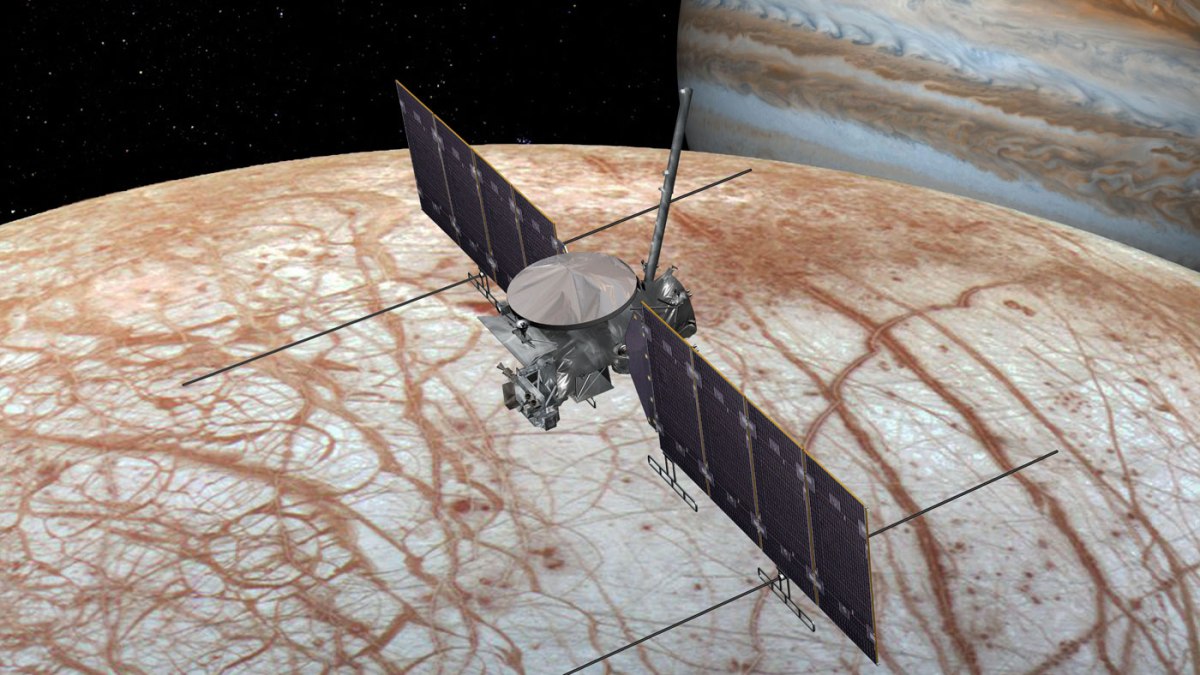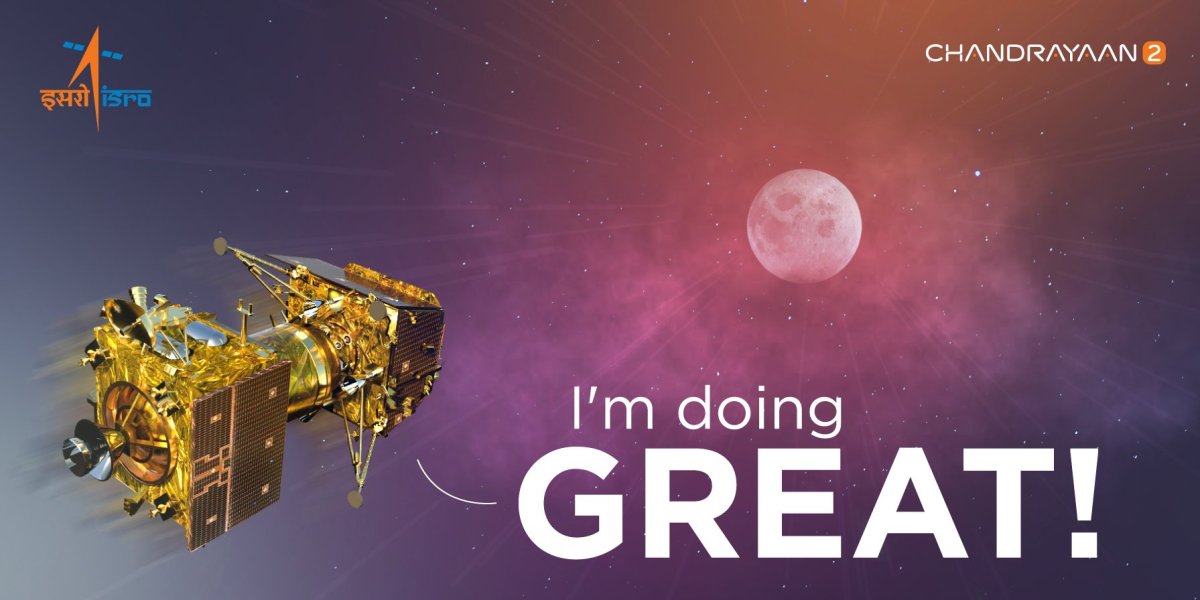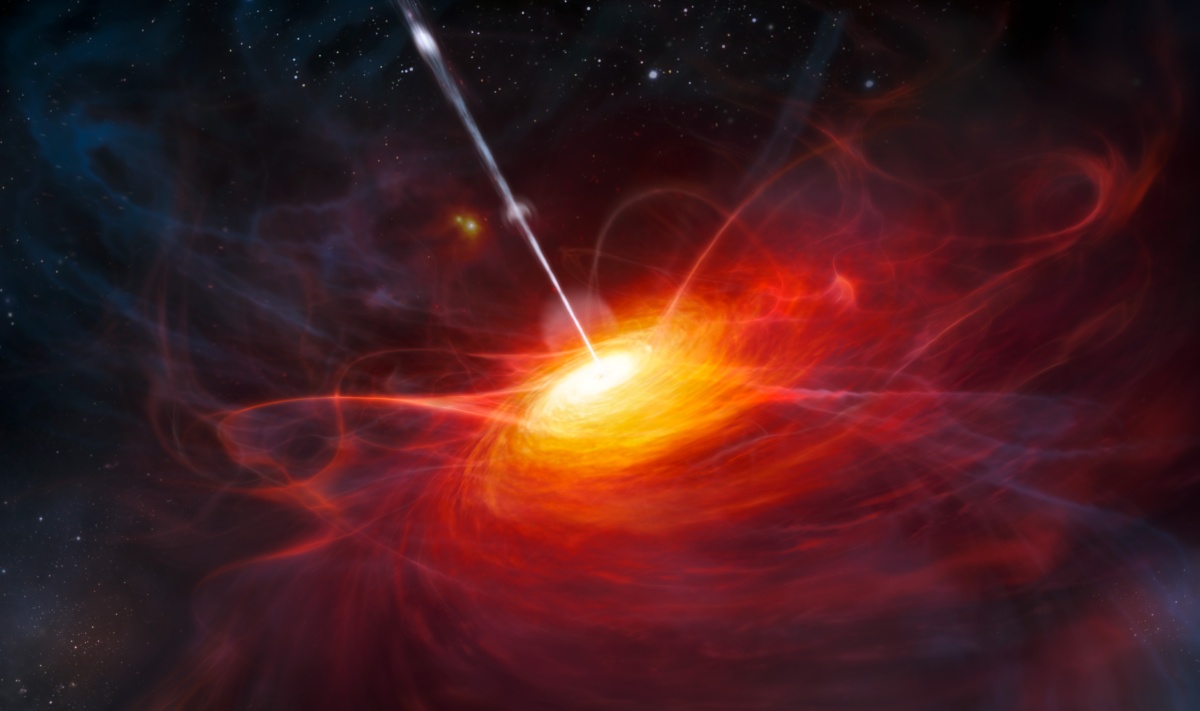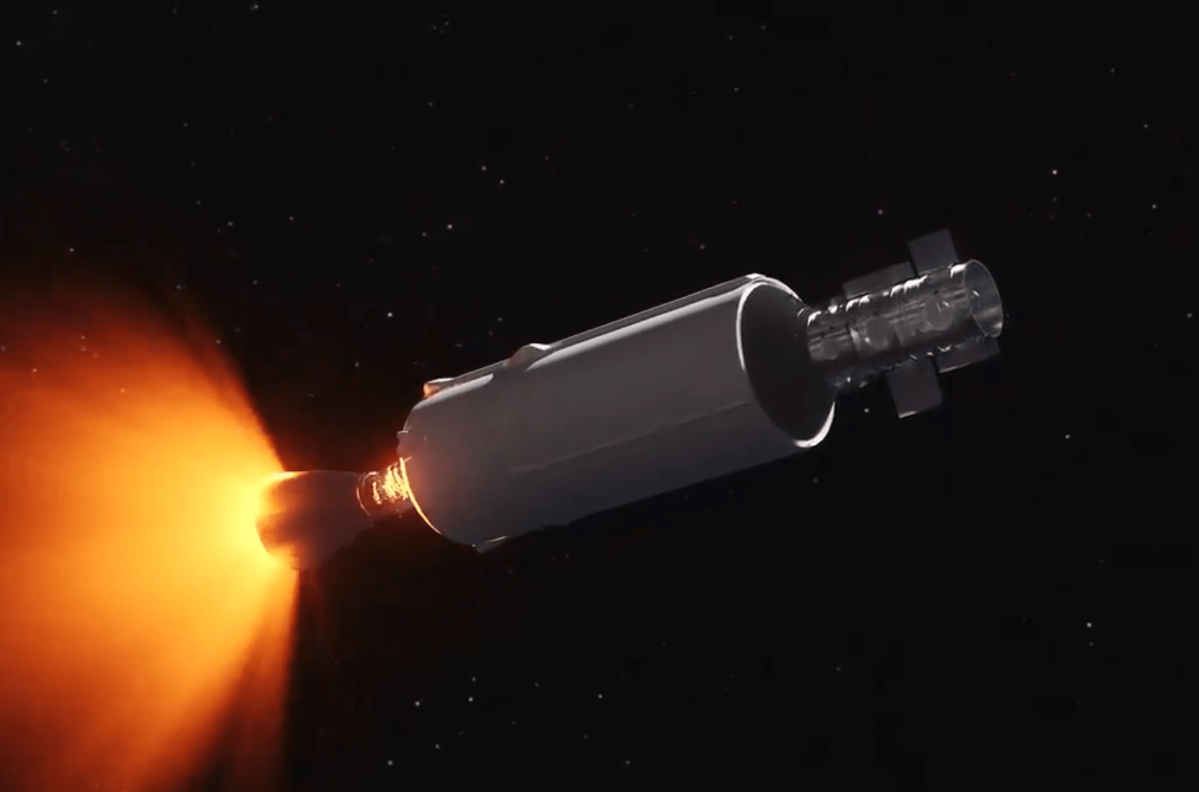For a long time the fate of NASAs Europa Clipper mission has been uncertain. But yesterday NASA announced that the mission can now enter its next phase, where the design will be finalized and the spacecraft built and tested.
“We are all excited about the decision that moves the Europa Clipper mission one key step closer to unlocking the mysteries of this ocean world,” said Thomas Zurbuchen, associate administrator for the Science Mission Directorate at NASA Headquarters in Washington.
Observations from Hubble and the Galileo spacecraft that visited the Jovian system in the 90s and early 2000s suggest that there is a liquid ocean underneath the icy crust of Europa, in the same way that Saturn’s moon Enceladus has a liquid ocean under the ice. This ocean has the potential of hosting life as we know it and it is this potential that will be the main focus of the Europa Clipper mission.
In this otherwise freezing region of the Solar System, heat from tidal interaction with Jupiter is believed to turn the subsurface ice into liquid. It is this same interaction that has turned Io, the moon closest to Jupiter, into the most volcanically active place in the Solar System.
The Europa Clipper Mission will not go into orbit around Europa due to the high levels of radiation coming from Jupiter that will fry even heavily shielded spacecraft. Instead it will “clip” the moon, i.e. do a series of close fly-bys from an elliptical orbit around Jupiter.
NASA targets 2023 as the launch year but the agency is also prepared for a 2025 launch if the schedule should slip.
The Europa Clipper is special for less scientific reasons as well – it is the first and only spacecraft that by law has been designated a certain launch vehicle – the SLS that is also scheduled to send humans back to the lunar surface in 2024. You can read a lengthy article about the political and logistical problems that has created here.
Here is a link to the NASA announcement.







